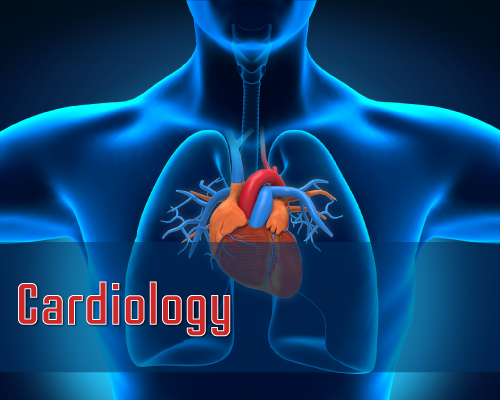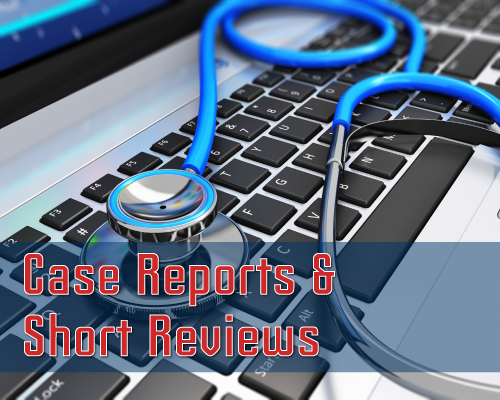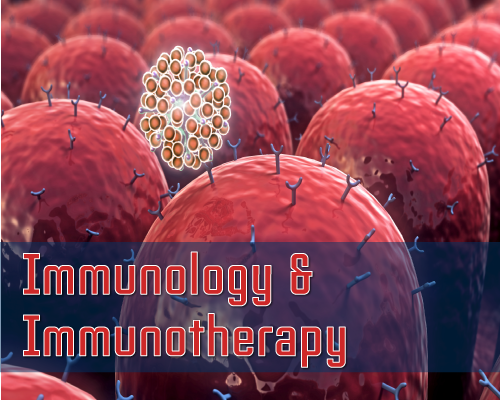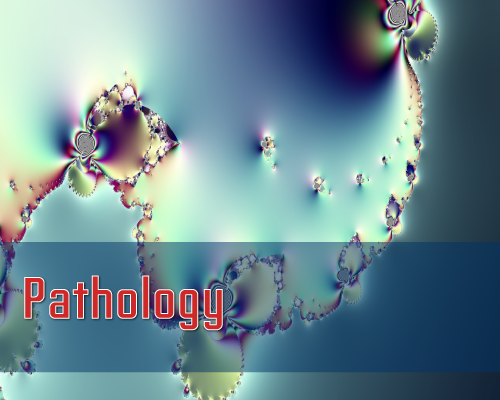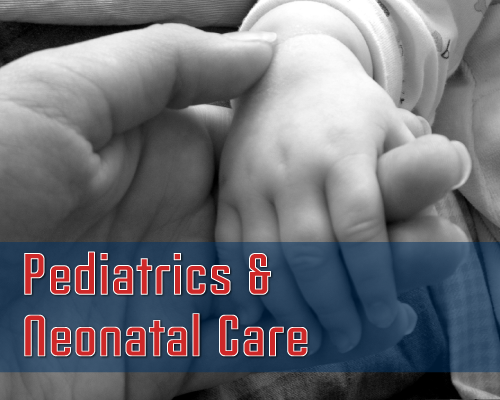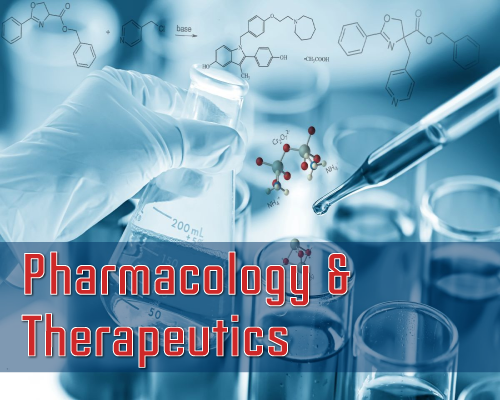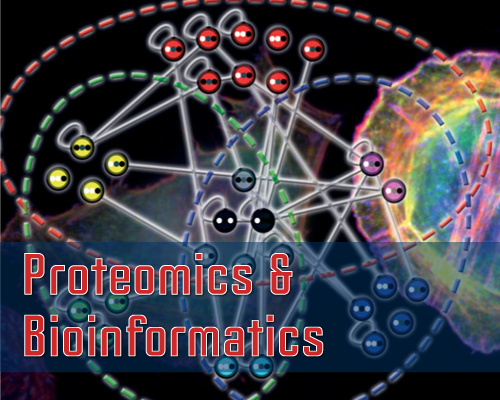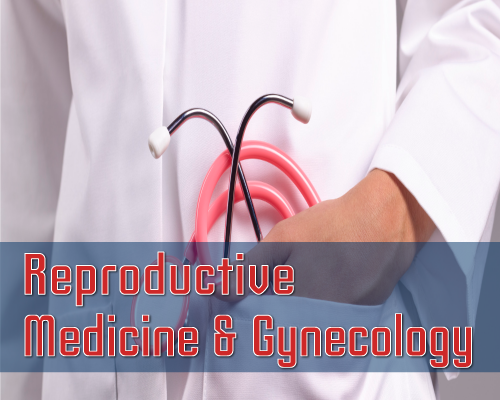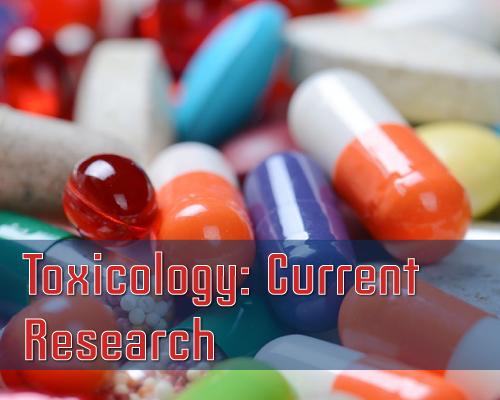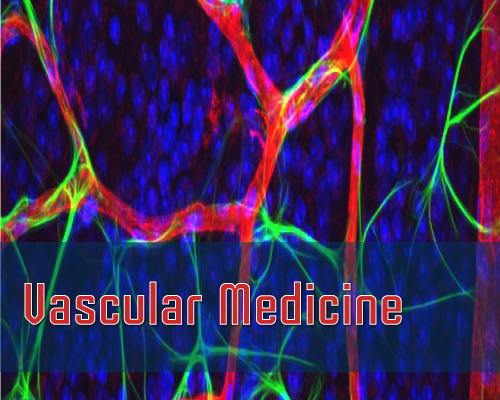Volume 2 Issue 1
Review Article : Exploring the Reprogramming Potential of Fetal Sources of Induced Pluripotent Stem Cells and their Application in Regenerative Medicine
Caterina Pipino*, Sayandip Mukherjee
Reprogramming to pluripotency is possible from adult cells of different tissues and species through the ectopic expression of defined factors. The generated induced Pluripotent Stem Cells (iPSCs) are relevant for various purposes, including disease modeling, drug or toxicity screening and autologous cell therapy. Over the last few years, increased efforts are being made to improve the reprogramming techniques, the efficiency and quality of the generated iPSCs, as well as to identify the best cell source to be reprogrammed. Cells derived from fetal tissues, such as amniotic fluid, placenta and umbilical cord, offer distinct advantages in terms of reprogramming compared to adult somatic cells. Importantly, fetal cells are more primitive, easily achievable in sufficient numbers and are devoid of any ethical concern. They show great plasticity, high proliferation rate, low immunogenity and absence of teratoma formation. Therefore, they can be reprogrammed much faster and more efficiently than adult cells. Here, we provide a comprehensive overview of the advantages of reprogramming fetal sources in comparison to other commonly used cell types.
Cite this Article: Pipino C, Mukherjee S. Exploring the Reprogramming Potential of Fetal Sources of Induced Pluripotent Stem Cells and their Application in Regenerative Medicine. SRL Stem Cell Res. 2016;1(1): 001-006.
Published: 29 December 2016
Authors submit all Proposals and manuscripts via Electronic Form!






